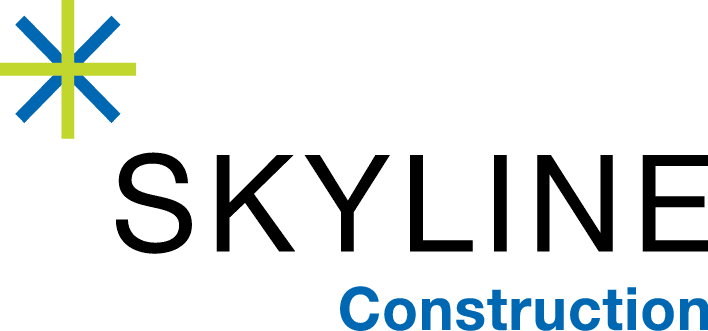Knowledge Sharing
COVID’s Impact on the CRE Industry
While we continue to feel the residual effects of the COVID-19 pandemic, firms across the commercial real estate and construction industries have learned how to quickly adapt and pivot to keep projects moving and on schedule. This week, the Building Owners and Managers Association of San Francisco (BOMA SF)hosted a series of virtual panelist discussions — including our very own VP, Adam Chelini — to share lessons learned from the past two years and how the Bay Area has reacted to this “new normal.”
Indoor Air Quality
One of the first topics of conversation was related to guidelines around indoor air quality. There are several agencies providing guidance, but John Epperson (Buchalter) and Dr. Benjamin Jelin (Partner Engineering and Science Inc.) discussed how these are mostly non-binding recommendations. Although there is no identified “standard of care” among these guidelines, John and Ben did note that the California Supreme Court may soon decide whether employers can be held liable for infections including employees’ families. Check out our blog post on indoor air quality to see how some of our clients have been working to improve indoor air quality for their tenants.
Cost Impacts
A common thread discussed among the property management and construction representatives was related to cost impacts during the pandemic. Panelists Christine Mann (Rockhill Management), Isabella Risucci (Hudson Pacific Properties) and Adam Chelini (Skyline Construction) agreed that although costs increased in the early stages of the pandemic, they have begun to level off. Often, increased costs were offset by the benefits of working with vacant spaces. It meant fewer noise complaints, more relaxed delivery schedules, and the ability to implement creative work methods. With the rollout of vaccines, there has not been a need for the labor-intensive aspect of daily questionnaires. Proof-of-vaccination requirements have also been passed down to the subcontractor level.
Construction Throughout the Pandemic
Contractors and property managers alike found creative solutions to keep construction moving during the pandemic. Adam shared work strategies that teams at Skyline have implemented to keep standby time low and allow for mitigations like social distancing. Christine and Isabella discussed how they were able to take advantage of vacant spaces to focus on refreshing their amenities like outdoor spaces and wellness centers. While shelter-in-place orders may have reduced foot traffic in the area, construction productivity continued in new ways that remain in use today
Trends in Commercial Real Estate
Finally, Margaret Duskin from Cushman & Wakefield shared what she sees as trends across the CRE industry. She noted that more and more clients are wanting to see touchless experiences and WELL Health-Safety ratings. She is also seeing more demand for hybrid work options including hot desks and collaboration centers. Workers are increasingly balancing the amenities available at work with the cost of their commutes, so she says that is a major factor in bringing people back to the office.
While the CRE and construction industries continue to adapt, the ability to be flexible is the number one driver for success. By sharing this information, we are better able to prepare for any future outbreaks and the ever-changing regulations that will come with it.
READ NEXT
